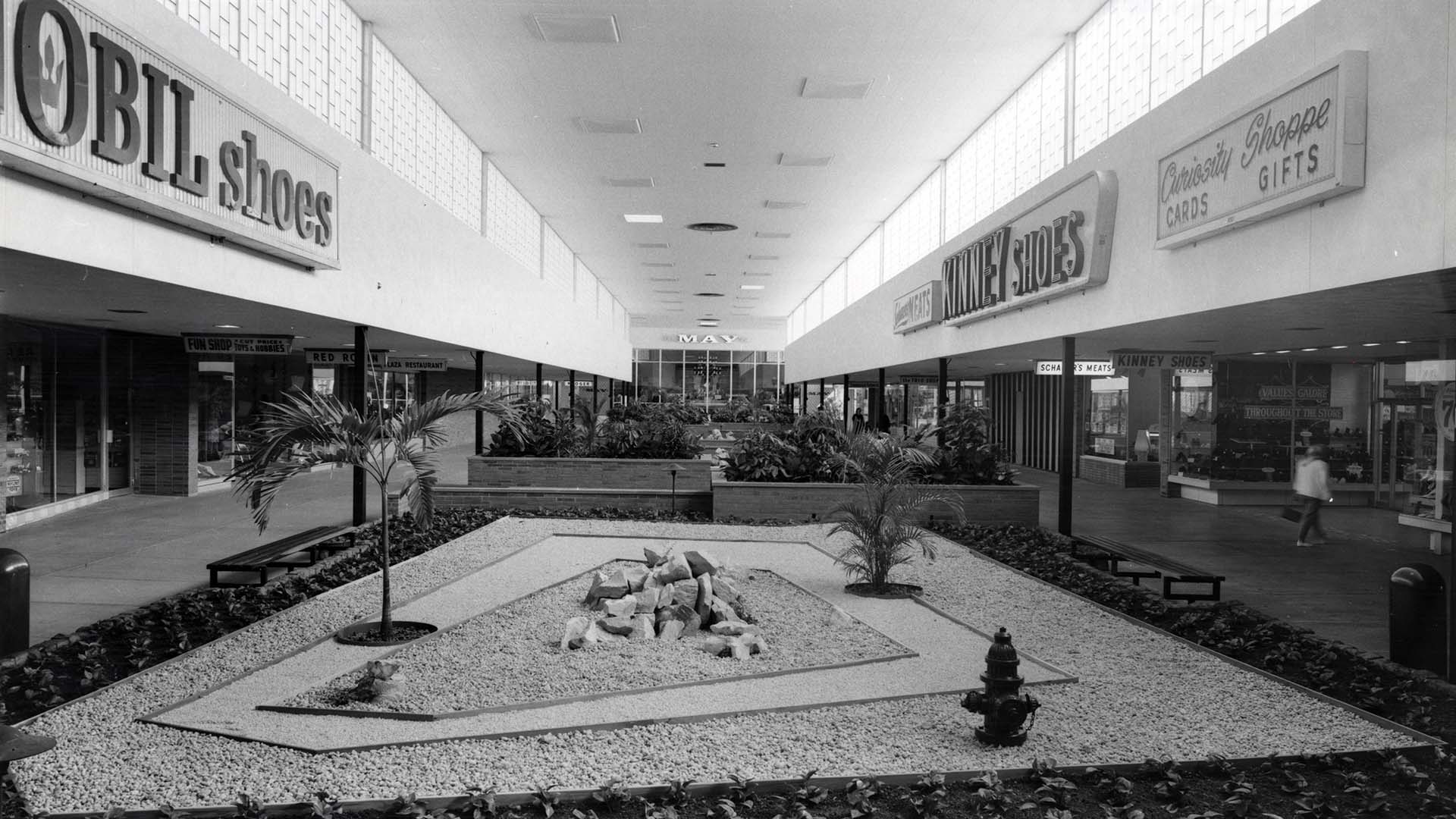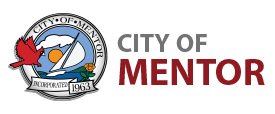
Here are some fun little known facts about our hometown!
- Former Ohio State football coach, Jim Tressel, was born in Mentor, Ohio in 1952. His father, Lee, coached at Mentor High School from 1950 to 1955 during which time he put together a 34- game winning streak before moving on to Massillon High School and then Baldwin Wallace.
- James A. Garfield bought the Dickey Farm in 1876 because he wanted his sons to learn how to farm. Somewhat ironic as he despised farming as a child and yearned to become a sailor. That dream was soaked when he fell into the Ohio Canal and was nearly drowned. It was then that he decided to use his brains instead of his brawn and eventually worked his way from poverty to Pennsylvania Avenue.
- What is known as the Matchworks Building was built in 1868 for the Hart Nut and Washer Company. Since then, it also housed the Mentor Knitting Mills, the Columbia Match Company, the Production Machinery Company, as well as a number of other businesses. Currently, nearly two-dozen businesses occupy the space.
- Charles Parker, a member of Moses Cleaveland’s survey party, platted lands for the Connecticut Land Company and established the “Marsh Settlement” in 1797, the first in what later became Lake County. His home was located in the Headlands area near the corner of Forest & Woodridge Roads.
- As early as the 1870s, there were plans to dredge out the Mentor Marsh basin and construct a large inland harbor. By the turn of the 20th century, there even was talk of creating a steel manufacturing complex at this location. Major players in the steel, coal, and rail industries were involved, and those plans might have been realized had Peter Hitchcock not put a stop to them. For reasons unknown, he wouldn’t sell his 52-acres of property. His decision became known as “Hitchcock’s Holdup” and as a result, the steel plant was built in Lorain instead.
- The Great Lakes Mall was the first mall built by the DeBartolo family of Youngstown, Ohio. When it opened in 1961, it consisted of an enclosed center section with two open walkways. Several expansions took place in the ’60s and the mall was fully enclosed by 1971. The mall continues to evolve with new offerings to appeal to everchanging consumer tastes.
- In 1895, the Cleveland, Painesville & Eastern (CP&E) was established and served as the primary interurban line carrying passengers east from Cleveland to Painesville and beyond. At the time, Mentor had a handful of stops serving its population of a little over 500 residents.
- You probably knew that Mentor was once considered the Rose Capital of the Nation and chances are good that you’ve heard of the Bosley Nursery, but did you know Mentor was also home to a renowned automotive designer? The innovative Bosley GT Mark 1 was hand-built by Richard Bosley in 1953 in the garage at the family’s nursery located on Mentor Avenue at Stop 68 of the interurban line. The car is now on permanent display at the Petersen Automotive Museum in LA.
- Eleanor Garfield, the First Lady of Mentor, offered her two cents to car design at a country club function with Ned Jordan, owner of the Jordan Motor Company. While sharing a dance she related to him the kind of car that she would like to drive. He thanked her for the million dollar idea and the Jordan Playboy Roadster debuted in 1919. In case you’re wondering, yes…she owned one.
- The name Mentor originated in Greek literature. Mentor was the tutor of Telemachus, the son of Odysseus. Other place names in the Western Reserve, including Solon, Euclid and Macedonia, were also inspired by the early Americans’ fascination with the ancient world.
BONUS FACT: Over 15,000 souls are interred at the Mentor Cemetery including veterans of the Revolutionary War, War of 1812, and the Civil War. The original Mentor Cemetery was located at the northwest corner of Mentor Avenue and Center Street and was relocated in 1854.
Originally published 2022 Mentor City Magazine.
